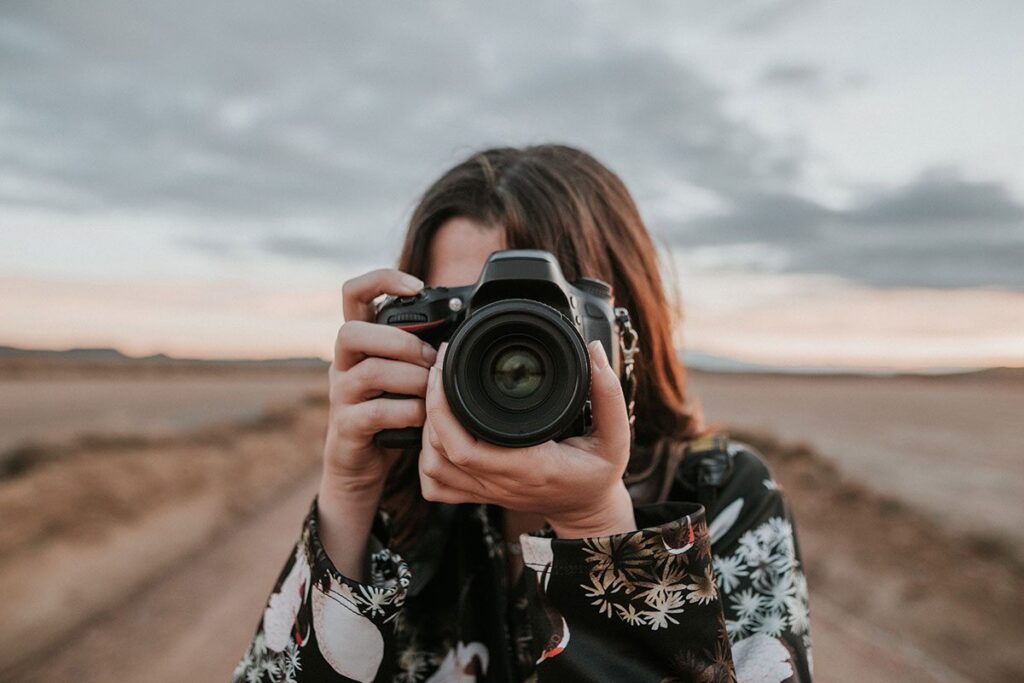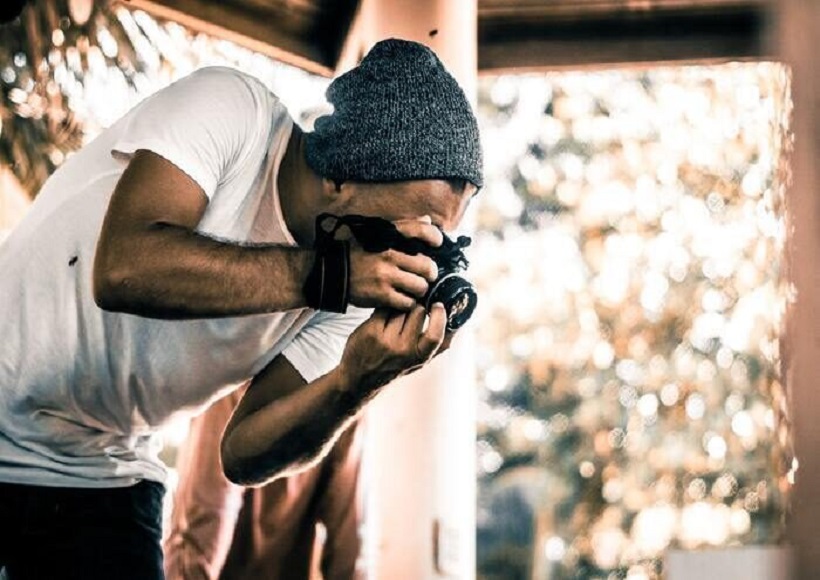Picture altering envelops the cycles of modifying pictures, regardless of whether they are advanced photos, conventional photograph substance photos, or outlines. Conventional simple picture altering is known as photograph correcting, utilizing apparatuses like a digitally embellish to change pictures or altering delineations with any traditional craftsmanship medium. Realistic programming programs, which can be comprehensively gathered into vector illustrations editors, raster design editors, and 3D modelers, are the essential apparatuses with which a client may control, improve, and change pictures. Many picture-altering programs are additionally used to deliver or make PC craftsmanship without any preparation.
Basics of image editing
Raster pictures are put away in a PC as a framework of picture components or pixels. These pixels contain the picture’s tone and splendor data. Picture editors can change the pixels to upgrade the image from various perspectives. In addition, the pixels can be changed collectively or separately by the modern calculations inside the picture editors. For the most part, this article alludes to bitmap designs editors, frequently used to alter photos and other raster illustrations.
Nonetheless, vector illustration programming, like Adobe Illustrator, CorelDRAW, Xara Designer Pro, or Inkscape, are utilized to make and change vector pictures put away as depictions of lines, Bézier bends, and text rather than pixels. Note; bookmark this page about the basics of image editing for the newbie photographers for next time reading. It is simpler to rasterize a vector picture than to vectorize a raster picture. Do you know how to approach vectorizing a raster picture? The image is the focal point of many examinations in the field of PC vision. Vector pictures can alter all the more effectively because they contain depictions of the shapes for simple reworking. They are additionally versatile, rasterizing at any goal.
Automatic image enhancement Editing
Camera or PC picture altering programs offer fundamental programmed picture upgrade includes that right shading tint and lopsided brilliance characteristics and other picture varying highlights, like red-eye expulsion, sharpness changes, zoom highlights, and programmed trimming. Note; bookmark this page about the basics of image editing for the newbie photographers for next time reading.
These are called programmed because, for the most part. It occurs without client connection or is offered with a single tick of a catch or mouse button or by choosing an alternative from a menu. Moreover, some programmed altering highlights provide a blend of altering activities with practically zero client association.
Must Read Guide: 4 Ways Miami SEO Services Can Improve Your eCommerce Shop
Digital data compression in Image Editing
Many picture document designs use information pressure to decrease record size and save extra room. Advanced pictures may happen in the camera or be done on the PC with the picture editorial manager. For instance, when images are put away in JPEG design, pressure has effectively occurred. The two cameras and PC programs permit the client to set the degree of stress.
Some pressure calculations, for example, those utilized in PNG record design, are lossless, which implies no data is lost when the document is saved. Paradoxically, the more famous JPEG document design uses a lossy pressure calculation (in light of discrete cosine change coding). The more prominent the pressure, the more data is lost, at last, lessening picture quality or detail that you can not reestablish. JPEG utilizes information on how the human cerebrum and eyes see tone to make this deficiency of fact less observable.
Image editor features
Recorded beneath are probably the most utilized abilities of better design control programs. The rundown is in no way, shape, or form comprehensive. However, there is a heap of decisions related to the utilization of the majority of these highlights. Note; bookmark this page about the basics of image editing for the newbie photographers for next time reading.

Choice in Image Editing
One of the essentials for large numbers of the applications referenced underneath is choosing a part(s) of a picture, consequently applying a change precisely without influencing the whole picture. Most design programs have a few methods for achieving this. For example,
- Marquee instrument for choosing rectangular or other standard polygon-formed areas,
- a tethered apparatus for freehand choice of an area,
- Wizardry wand apparatus that chooses items or districts in the picture characterized by the vicinity of shading or luminance,
- vector-based pen instruments,
Progressed offices, for example, edge location, veiling, alpha compositing, shading, and channel-based extraction. In addition, the line of a chosen region in a picture is regularly vivified with the walking insect’s impact to assist the client with recognizing the determination line from the picture foundation.
Layers
Leonardo da Vinci’s Vitruvian Man overlaid with Goethe’s Color Wheel utilizing a screen layer in Adobe Photoshop. Screen layers can be helpful in visual computerization and in making various openings in photography. Note; bookmark this page about the basics of image editing for the newbie photographers for next time reading.
Leonardo da Vinci’s Vitruvian Man overlaid a delicate light layer of Moses Harris’ Color Wheel and a delicate light layer of Ignaz Schiffermüller’s Color Wheel. Thin light layers have a hazier, more authentic look than screen layers.
Layers (advanced picture altering)
Another element typical to numerous design applications is Layers, which are practically equivalent to straightforward acetic acid derivation sheets. Each containing separate components that make up a consolidated picture), stacked on top of one another, each fit for being independently situated, changed, and mixed with the layers beneath, without influencing any components on different layers. It’s anything but a basic work process that has become the standard for most projects today and empowers the most excellent adaptability for the client while keeping up non-damaging altering standards and usability.
Picture size adjustment
Picture editors can resize pictures in an interaction regularly called picture scaling, making them more significant or more modest. High-picture goal cameras can deliver huge images, which are routinely diminished in size for Internet use. Picture proofreader programs utilize a numerical cycle called resampling to figure new pixel esteems whose dividing is more significant or more modest than the first pixel esteems. Accordingly, pictures for Internet use are kept little, say 640 x 480 pixels which would approach 0.3 megapixels. Note; bookmark this page about the basics of image editing for the newbie photographers for next time reading.
Also Chekout:
- Content Marketing and Content Strategy: Are they the same?
- Top Tips On YouTube Advertising Best Practices
- Best Email marketing tools of 2021
- Developing Genuine Relationships In A Digital World: -5 Amazing Tips
- The Ultimate Guide SEO for Ecommerce
- What To Say, If Influencer Marketing Is Must For Mobile Applications?
- 5 Ways to Become Highly Influential on LinkedIn
Editing a picture
Computerized editors are accustomed to trimming pictures. Editing makes another picture by choosing an ideal rectangular part from the print being cut. Note; bookmark this page about the basics of image editing for the newbie photographers for next time reading. The undesirable piece of the picture is disposed of. Picture trimming doesn’t diminish the goal of the space edited. Best outcomes are gotten when the first picture has a high plan. An essential justification for ornament is to improve the picture piece in the new image.
Clipping path benefits at Clipping Path Specialist
Since most dispersing programming oversees everything far eliminated from cutting, this is important for visual organizers. It is because it works for them. They can throw photos of your thing into another picture without dealing with a white foundation. Starting from here, it permits the substance to conflict with the main thing.
Clipping path service specialists provide services:
- Clipping path
- Background removal
- Image masking
- Drop shadow
- Ghost mannequin
I need to say that this is in opposition to the restrictions of your rectangular picture. In case you mean to keep some print material, the partway is generously more fundamental. It remembers photos of your things for a magazine and rundown. Similarly, a lone picture results from various courses in the photo business for different things with colors. Note; bookmark this page about the basics of image editing for the newbie photographers for next time reading.









